The national capital’s air quality deteriorated to emergency levels on Tuesday, recording the worst pollution in nearly 11 months. With thick morning smog and falling temperatures, Delhi logged its first ‘severe’ air day of the year, prompting the Commission for Air Quality Management (CAQM) to enforce Stage III restrictions under the Graded Response Action Plan (Grap) across the NCR.
On Wednesday, the area around India Gate and Kartavya Path was shrouded in a thick layer of toxic smog, with the AQI reaching 408, categorised as ‘Severe’, according to the CPCB.
Delhi’s average Air Quality Index (AQI) stood at 428 on a scale of 0 to 500, the worst since December 19 last year when it reached 451. The last ‘severe’ AQI was noted on December 23, 2024, at 406. The sharp rise from Monday’s 362 came after a night of calm winds and dropping temperatures that trapped pollutants near the surface, creating dense smog. Visibility dropped to 600 metres at Safdarjung and 700 metres at Palam around 6.30 am.
In a statement earlier in the day, the CAQM said, “The AQI of Delhi which was recorded as 362 on November 10, exhibited a sharp increasing trend and has been recorded 425 at 9 am on November 11 owing to calm winds, stable atmosphere and unfavourable meteorological conditions.”
Construction ban, vehicle curbs and hybrid schooling implemented
Stage III of Grap, implemented from Tuesday, applies across Delhi, Gurgaon, Faridabad, Ghaziabad, and Gautam Buddh Nagar. The measures include a ban on construction and demolition activities and restrictions on BS-III petrol and BS-IV diesel four-wheelers, except those engaged in essential services. Non-essential diesel-operated medium goods vehicles and BS-IV light commercial vehicles (LCVs) registered outside Delhi are barred from entering the capital while restrictions remain.
Delhi’s Directorate of Education directed schools to conduct classes up to Class V in hybrid mode. The Commission also advised governments in Delhi and NCR to stagger office timings for public and municipal employees to reduce vehicular congestion during peak hours. Similar instructions were issued to central government offices located in Delhi-NCR.
CAQM directed all implementing agencies to maintain strict vigilance and continue actions under Stages I, II, and III simultaneously. Most construction work remains suspended, likely affecting thousands of daily-wage labourers across the NCR.
Quick Reads
View AllThough the conditions improved slightly by late morning, with visibility rising to 2,000 metres, haze persisted throughout the day. Delhi’s minimum temperature dropped to 10.2°C at Safdarjung, the lowest this season and four degrees below normal, while the maximum temperature stood at 27.7°C, two degrees below normal.
CPCB data at 9 am, when Stage III was invoked, showed 33 of Delhi’s 39 monitoring stations in the ‘severe’ category. Bawana recorded the worst air at 463, followed by Wazirpur at 460. Among the most polluted areas were Alipur, Bawana, Burari, Chandni Chowk, ITO, and Jahangirpuri, where early-morning PM2.5 levels touched 600 µg/m³.
Experts attributed the spike to meteorological inversion — a phenomenon where a layer of warm air traps cooler air and pollutants close to the ground. Forecasts from the Centre’s Air Quality Early Warning System (EWS) suggest that Delhi’s AQI may improve slightly to ‘very poor’ on Wednesday and remain at that level until at least Friday.


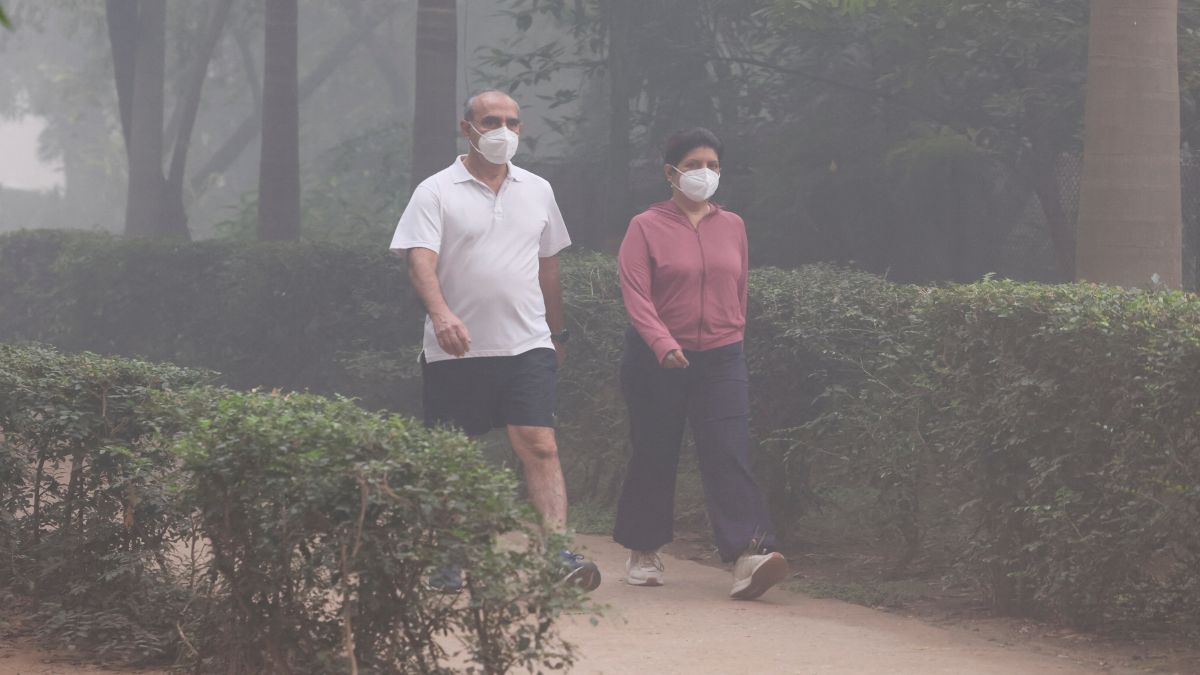)
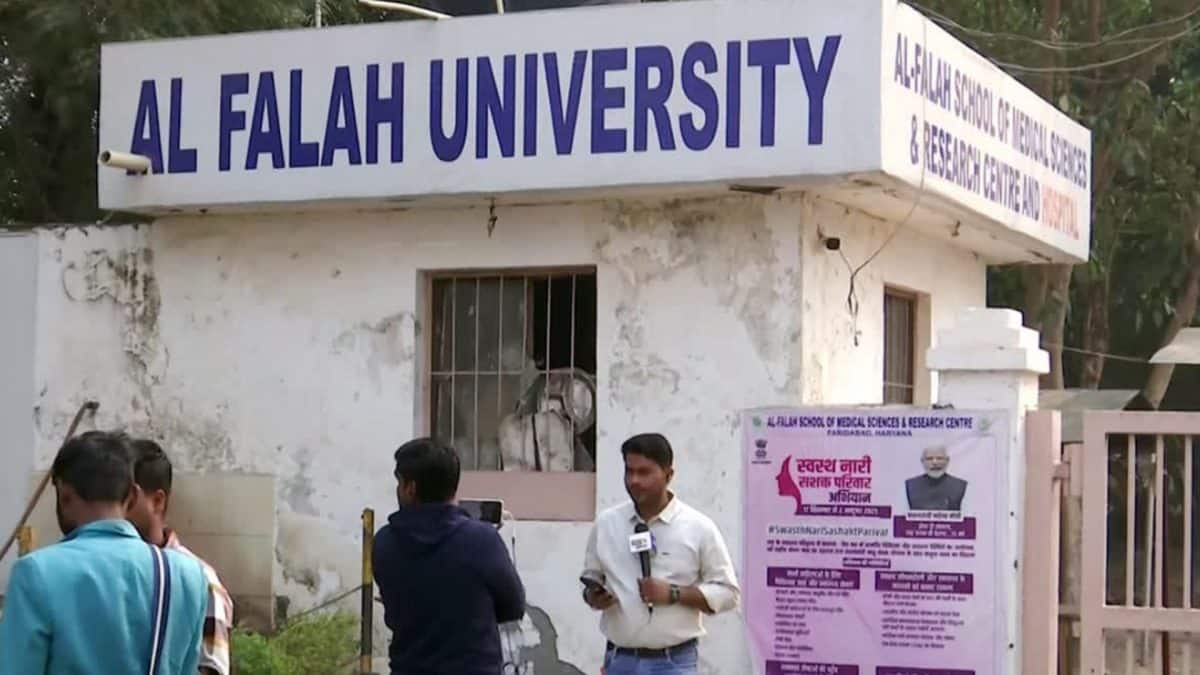
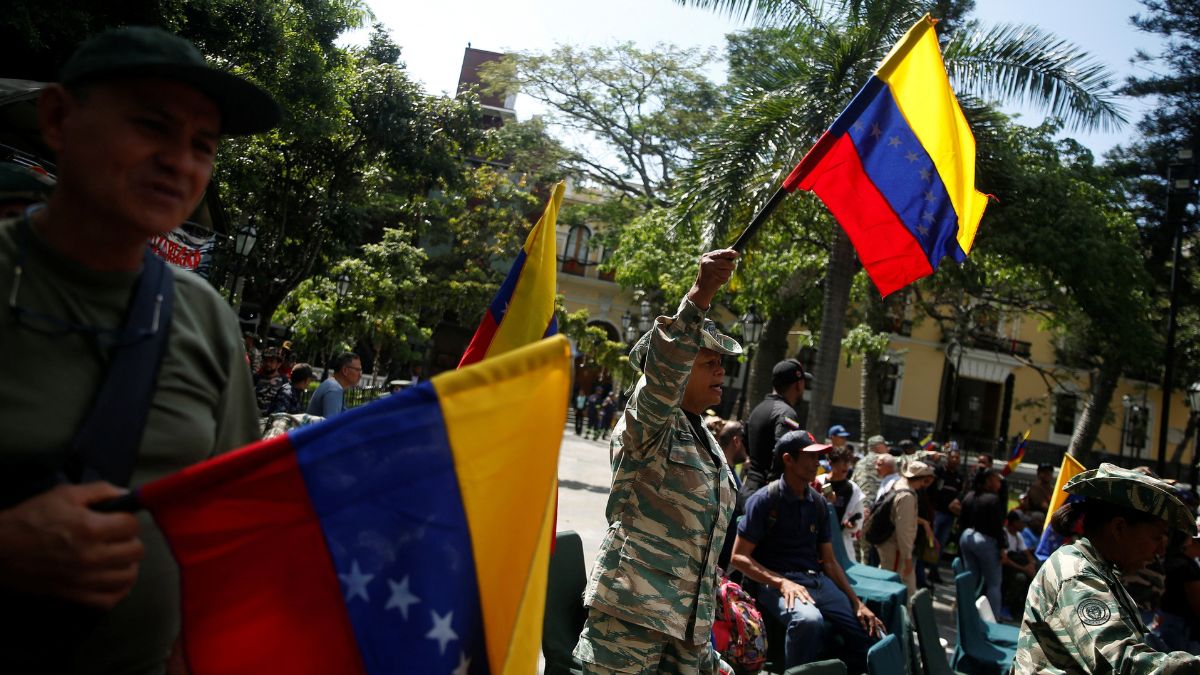)
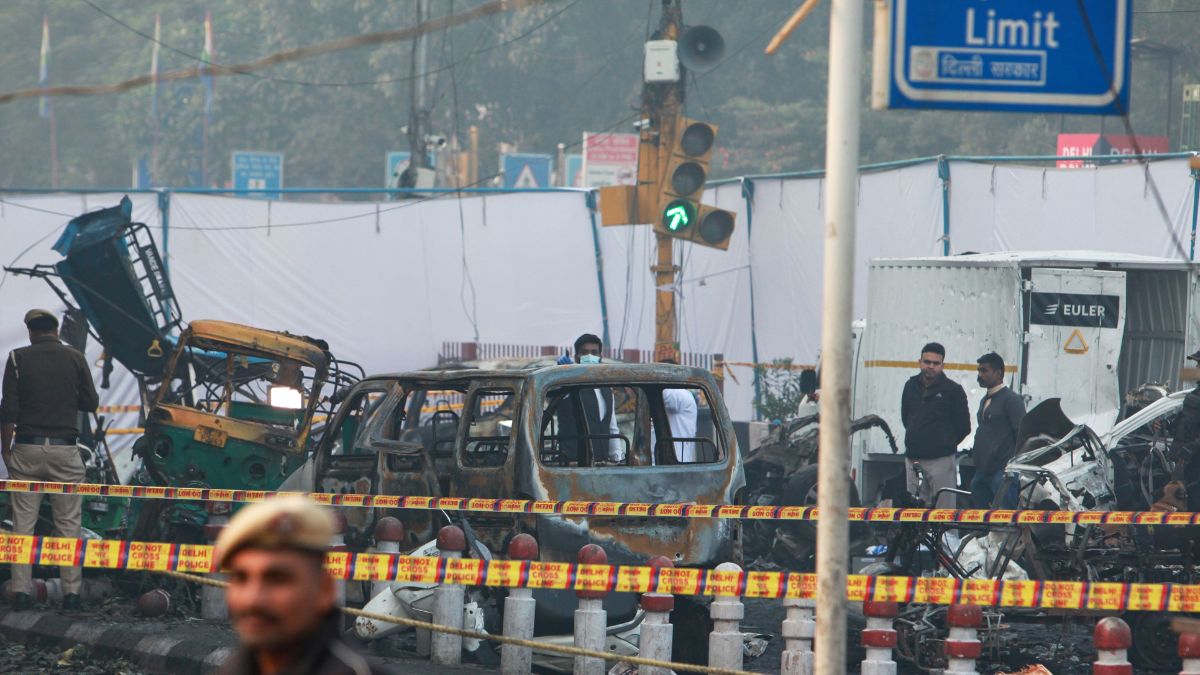)
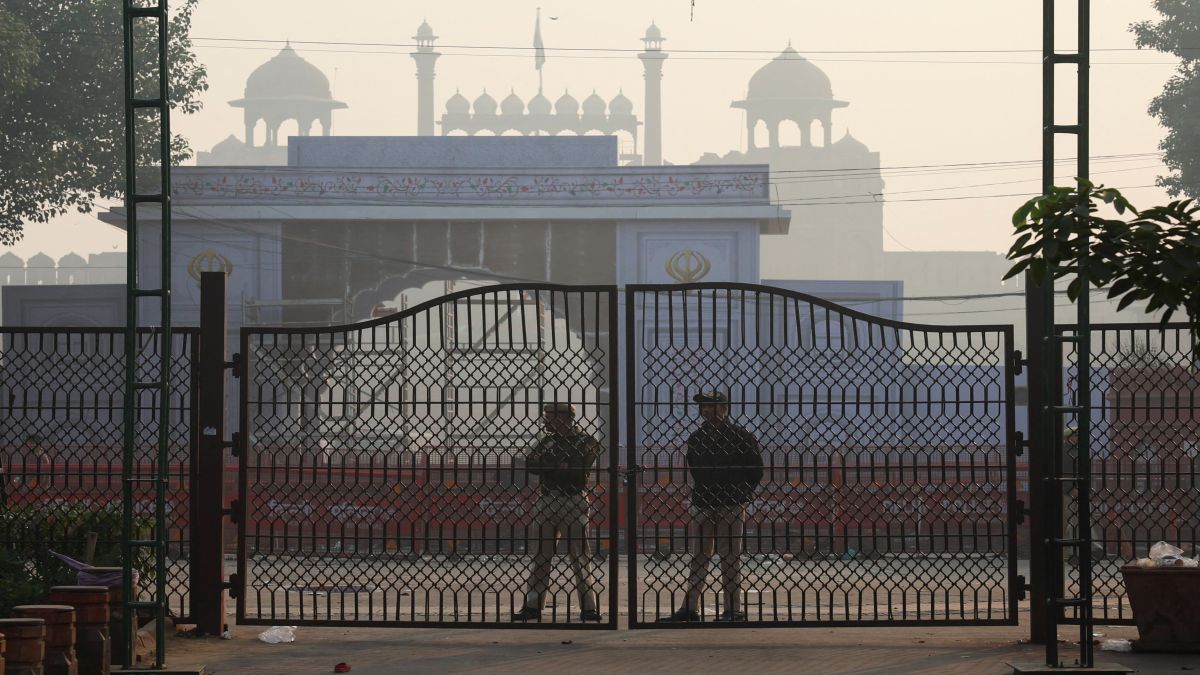)
)
)
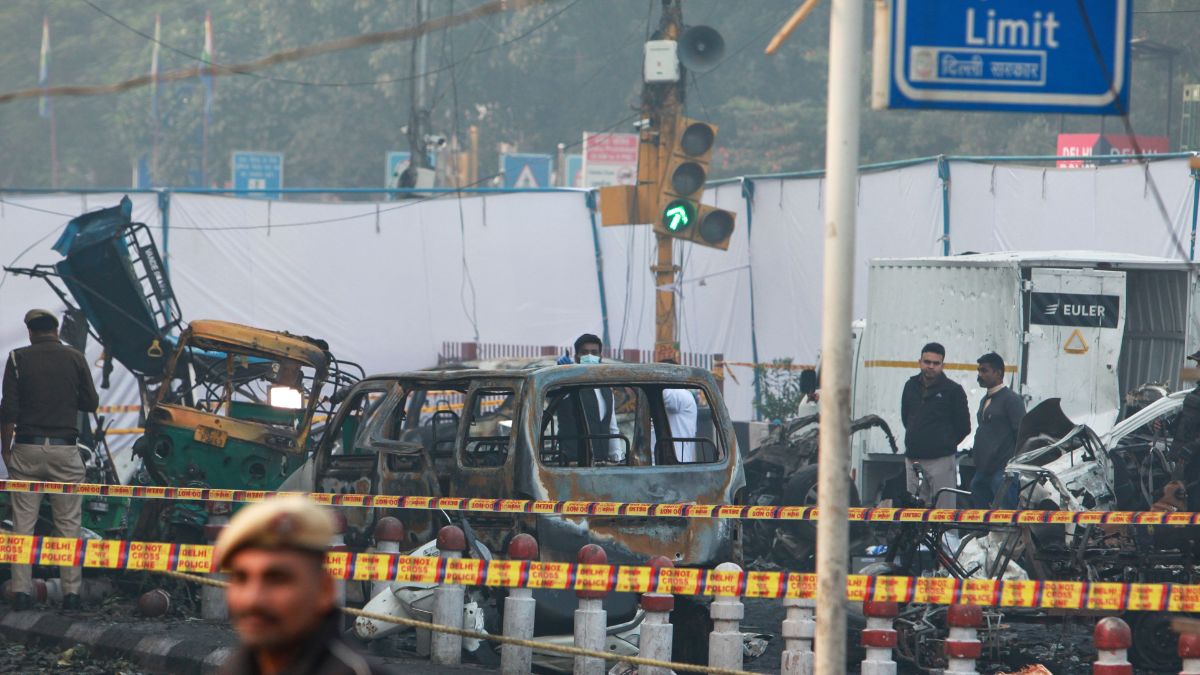)
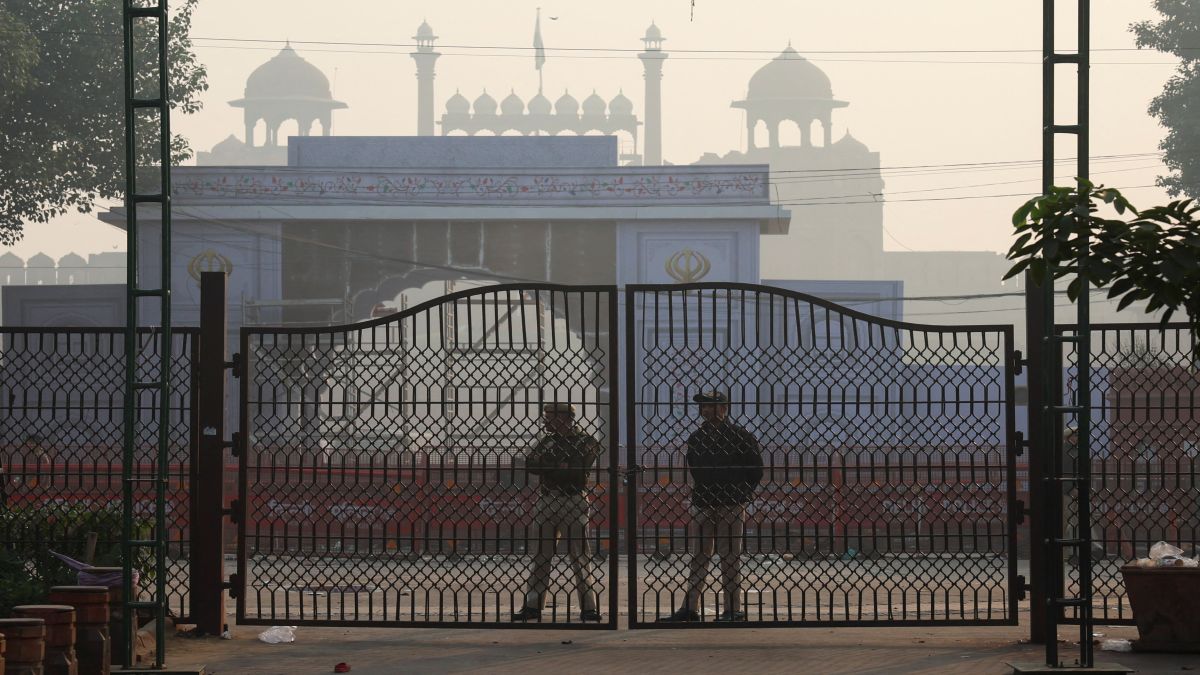)
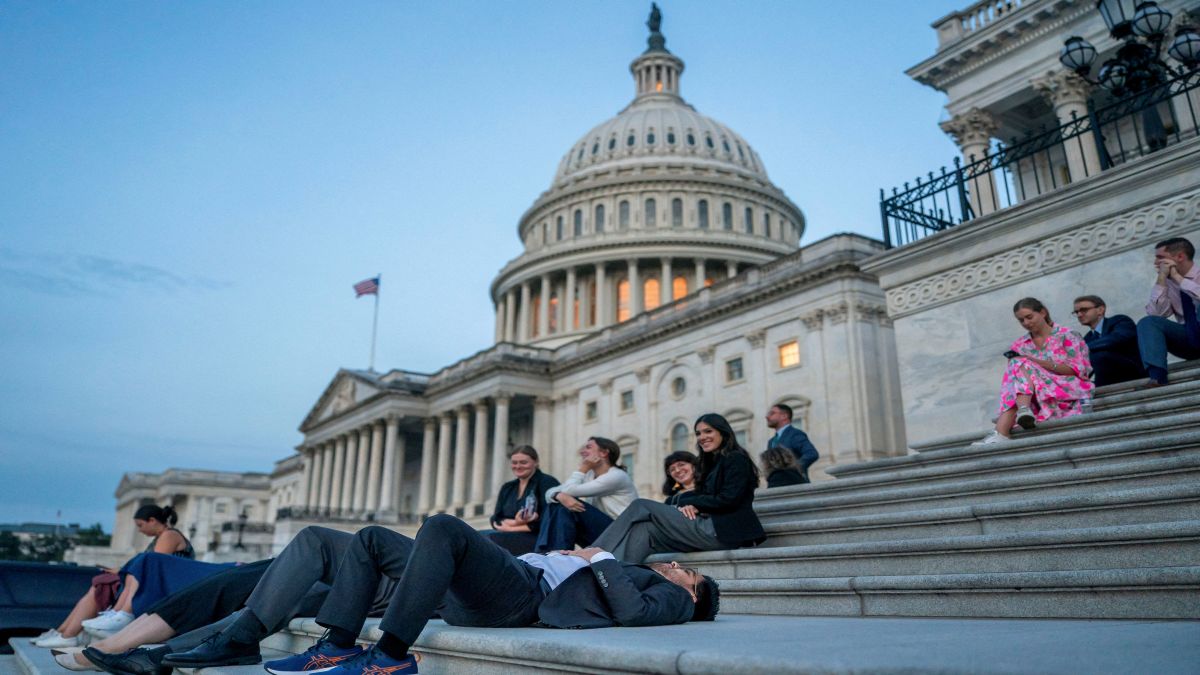)



